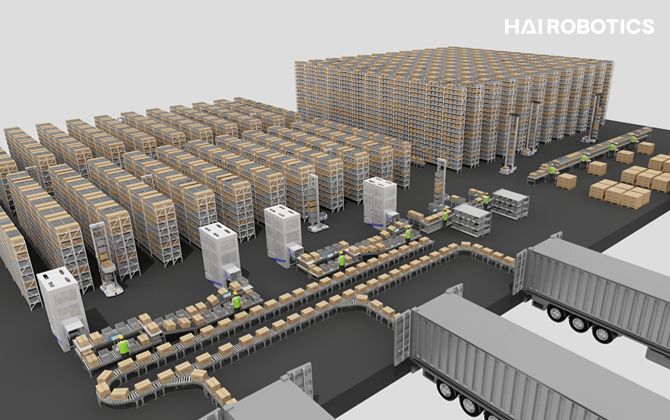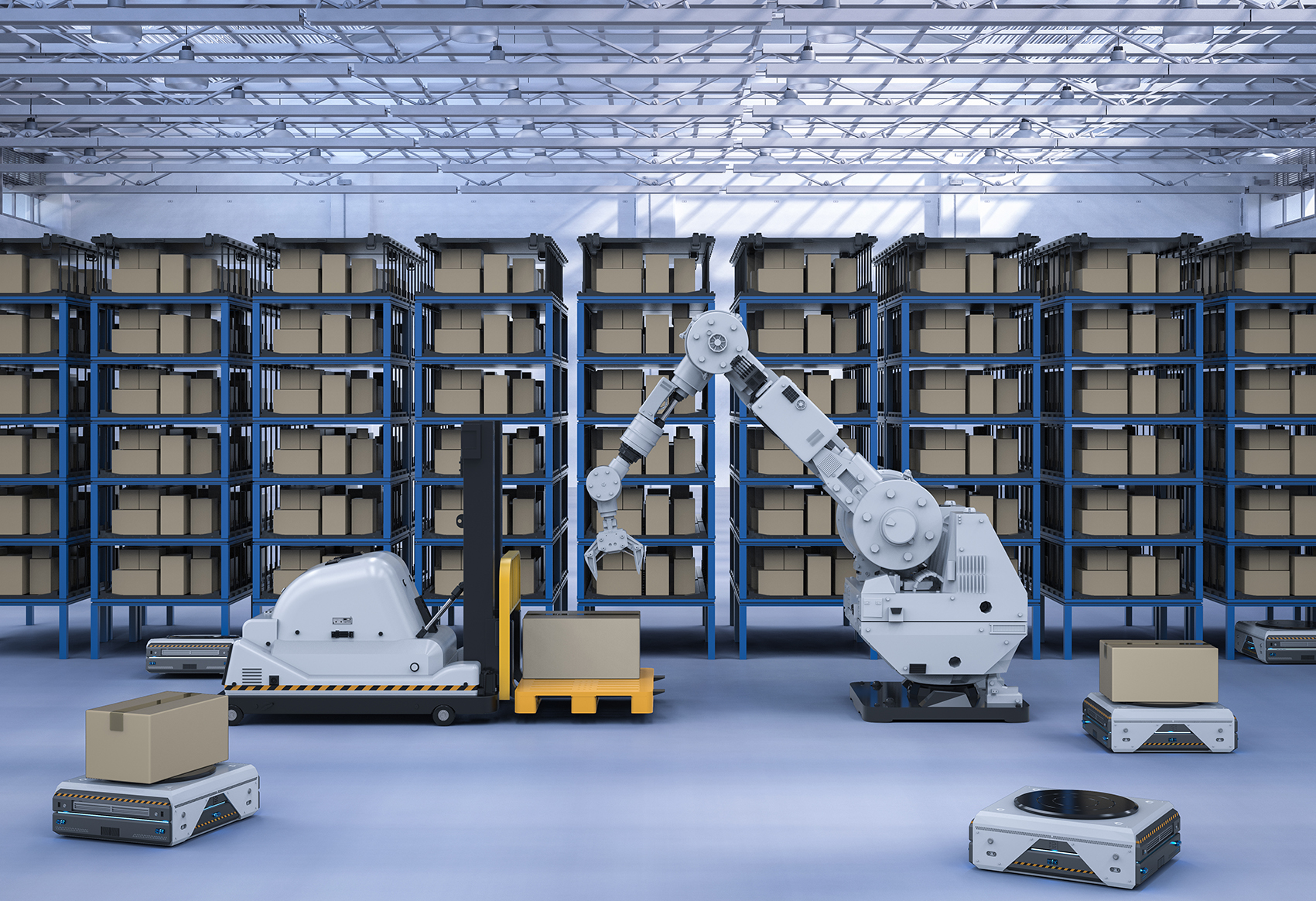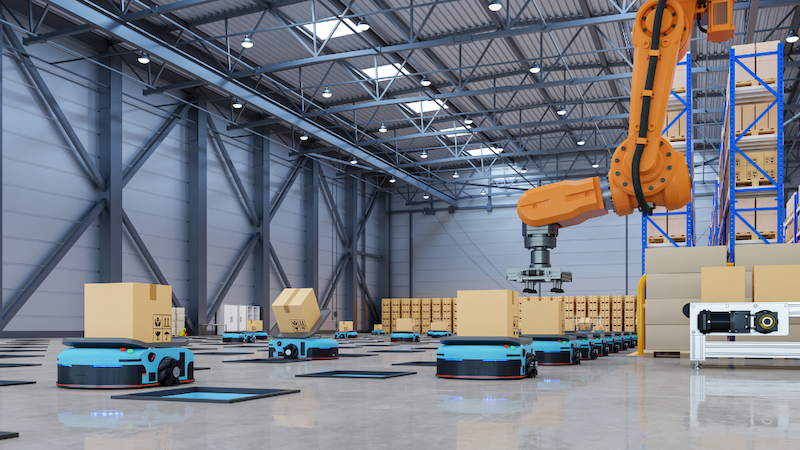Warehouse Automation Technologies: Revolutionizing the Supply Chain Industry
Warehouse automation has become a critical driver of operational efficiency, accuracy, and cost reduction in today’s competitive supply chain and logistics industries. By leveraging cutting-edge technologies, businesses can optimize their warehousing operations to handle higher volumes of goods, reduce labor costs, and enhance customer satisfaction. In this article, we will explore the various warehouse automation technologies available today, their benefits, and how they are transforming the way warehouses operate.

What is Warehouse Automation?
Warehouse automation refers to the use of technology to perform tasks traditionally carried out by human workers. Automation in the warehouse involves the deployment of robotic systems, artificial intelligence (AI), and other technological innovations to improve the flow of goods, enhance operational efficiencies, and reduce human error.
Types of Warehouse Automation Technologies
Warehouse automation encompasses a wide variety of technologies, each designed to streamline different processes within the supply chain. Some of the most prominent automation technologies include:
1. Automated Guided Vehicles (AGVs)
Automated Guided Vehicles (AGVs) are mobile robots that follow predetermined paths to transport goods around the warehouse. These vehicles can be programmed to navigate autonomously, delivering products to different locations, including assembly lines, shipping docks, and storage areas.
Benefits of AGVs:
- Increased Efficiency: AGVs can operate continuously without breaks, reducing downtime and increasing throughput.
- Reduced Labor Costs: AGVs help minimize the need for manual labor in material handling.
- Enhanced Safety: These vehicles can be equipped with sensors and cameras to avoid collisions, improving workplace safety.

2. Robotic Picking Systems
Robotic picking is a critical component of warehouse automation, where robots are tasked with selecting and retrieving items from storage locations. These robots can be designed to handle a wide variety of products, from small parts to larger goods.
Benefits of Robotic Picking:
- Higher Speed: Robotic picking can significantly reduce the time it takes to fulfill orders compared to manual picking.
- Accuracy: Robots are less prone to human error, improving order accuracy and reducing costly mistakes.
- Cost Efficiency: While there may be a significant upfront investment, robotic picking reduces long-term labor costs.
3. Conveyor Systems
Conveyor systems have been a staple in warehouses for many years, but with recent advancements, these systems have become increasingly sophisticated and automated. Conveyors can now be integrated with AI and machine learning to intelligently direct items to the appropriate locations.
Benefits of Conveyor Systems:
- Increased Throughput: Conveyor systems can move products quickly and efficiently between different parts of the warehouse.
- Space Efficiency: These systems optimize warehouse space by reducing the need for human workers to carry items manually.
- Automation Integration: Conveyors can be easily integrated with other automated technologies, such as robotic arms and AGVs.
4. Automated Storage and Retrieval Systems (AS/RS)
Automated Storage and Retrieval Systems (AS/RS) are a combination of robots, conveyors, and high-tech shelving that allows for automatic storage, retrieval, and organization of inventory. These systems can drastically reduce the need for manual inventory handling and are ideal for high-density storage.
Benefits of AS/RS:
- Space Optimization: These systems maximize vertical storage and reduce the need for large floor spaces.
- Faster Retrieval: Automated retrieval speeds up the order fulfillment process, providing faster delivery times.
- Scalability: AS/RS can be easily scaled to meet the growing demands of the business.

5. Warehouse Management Systems (WMS)
A Warehouse Management System (WMS) is software that helps businesses manage inventory, track products, and optimize warehouse operations. WMS integrates with other warehouse automation technologies to streamline inventory management, order picking, and fulfillment.
Benefits of WMS:
- Real-Time Data: WMS provides real-time data on inventory levels, helping to reduce stockouts and overstocking.
- Inventory Accuracy: It helps businesses maintain accurate inventory counts and track product movements.
- Increased Efficiency: WMS can automate order processing, reducing manual entry and speeding up fulfillment.
6. Drones for Inventory Management
Drones are increasingly being used in warehouse environments to perform inventory checks, scan barcodes, and monitor stock levels from above. With the help of AI, drones can autonomously fly through the warehouse, scan items, and update the WMS in real time.
Benefits of Drones:
- Faster Inventory Audits: Drones can quickly scan large amounts of inventory, reducing the time needed for manual stocktaking.
- Reduced Labor Costs: Drones can handle inventory management tasks that would typically require manual labor, such as taking physical counts.
- Increased Accuracy: Drones provide an extra layer of precision for inventory tracking.
7. Sortation Systems
Automated sortation systems are used in warehouses to quickly sort products into the appropriate shipping containers or locations. These systems use a combination of sensors, AI, and machine learning to determine where items need to go based on the order details.
Benefits of Sortation Systems:
- Efficiency: Sortation systems can handle large volumes of goods quickly, ensuring fast order fulfillment.
- Reduced Errors: Automation minimizes human errors, ensuring that the right products are shipped to the right customers.
- Improved Customer Satisfaction: Faster and more accurate order fulfillment leads to improved customer experience.

Benefits of Warehouse Automation Technologies
Adopting warehouse automation technologies provides a variety of benefits that help businesses stay competitive in the modern marketplace. Here are some of the key advantages:
1. Improved Efficiency
Automating repetitive tasks, such as picking, sorting, and inventory management, allows for faster and more efficient warehouse operations. Automation enables warehouses to handle higher volumes with fewer workers.
2. Cost Reduction
While the initial investment in warehouse automation technologies can be high, the long-term savings on labor costs, increased throughput, and fewer errors make automation a worthwhile investment.
3. Enhanced Safety
Automation reduces the need for human workers to perform physically demanding and potentially hazardous tasks. With machines and robots handling dangerous or strenuous jobs, the risk of workplace injuries is significantly reduced.
4. Better Space Utilization
Automated systems, such as AS/RS and conveyor belts, optimize warehouse space by increasing vertical storage and reducing the footprint of operations. This allows businesses to store more goods in less space, maximizing warehouse efficiency.
5. Scalability
As businesses grow, warehouse automation can scale with them. Automated systems can be upgraded or expanded as needed to accommodate increasing order volumes or changing business requirements.
FAQs About Warehouse Automation
1. What types of warehouses benefit most from automation?
Warehouses with high-volume, repetitive tasks, such as e-commerce fulfillment centers, distribution centers, and manufacturing warehouses, benefit the most from automation.
2. How much does warehouse automation cost?
The cost of implementing warehouse automation depends on the size of the warehouse, the type of technology used, and the specific needs of the business. While initial costs can be significant, the long-term savings are substantial.
3. Can automation technologies be integrated with existing systems?
Yes, most warehouse automation technologies, such as WMS and AGVs, are designed to integrate seamlessly with existing warehouse management systems and inventory tracking software.
4. What is the ROI of warehouse automation?
The return on investment (ROI) for warehouse automation varies by industry and warehouse size but typically includes reduced labor costs, improved efficiency, and higher accuracy rates, which result in greater customer satisfaction and profitability.
5. How does automation impact warehouse jobs?
While automation may reduce the need for certain manual tasks, it also creates new opportunities in technology management, robotics, and system integration. Workers will need to adapt by learning new skills to manage and maintain automation technologies.
Conclusion
Warehouse automation is transforming how businesses manage their supply chains, bringing efficiency, cost savings, and accuracy to operations. From AGVs and robotic picking systems to drones and WMS, there are various automation technologies available to optimize warehouse performance. As businesses continue to embrace automation, they can expect to see increased operational efficiency, improved safety, and better customer satisfaction.
To explore more about warehouse automation solutions and how they can revolutionize your warehouse operations, check out these resources:
– Benefits of Warehouse Automation
– Types of Warehouse Automation Technologies

